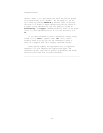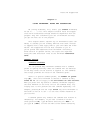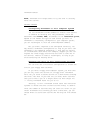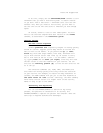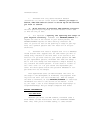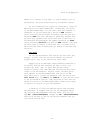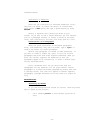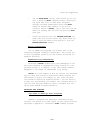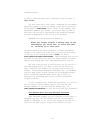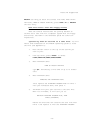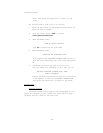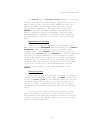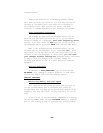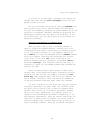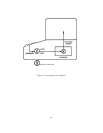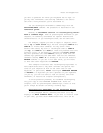
ThinkTank Manual
an easier, more efficient way —— backing up your outlines in
text files.
You will need one or more disks, formatted for the PASCAL
operating system, to store the backup files. The files should
be arranged in STRUCTURED style, which is more compact than
ThinkTank’s regular file format. You will be able to back up
more than one outline on each backup disk, generally between
two and six depending on the size of your outlines.
Remember the rule discussed in Chapter 3:
Never get caught without a backup copy of any
information you could not, or would not want
to, re—enter if it were lost.
You should back up an outline whenever you make substantial
changes to it. Before you close the file, move the bar cursor
to the top of the outline and press “PTSS” to select
PORT/TEXTFILE/SEND/STRUCTURED. When ThinkTank asks you for
the name of your text file, enter the device number or volume
name of your backup disk and a name describing the outline.
The next time you back up the outline, you can port it to
the same backup disk if you wish. If you use the same file
name, ThinkTank will replace the old copy with the new one.
However, since backups themselves sometimes fail, we recommend
that you keep copies of each outline on two different backup
disks, alternating between them. Don’t take a chance on
destroying an old backup copy until you have successfully
created a new one.
If you conscientiously follow this procedure, you will be
sure of having a recent backup copy if your outline disk
becomes damaged. If you ever need the backup copy, use
PORT/TEXTFILE/RECEIVE to port the file back into ThinkTank.
Use RECALL When Porting Between Outlines
When ThinkTank prompts you for a pattern or file name, it
remembers the last one you entered. You can use the RECALL
ommand to redisplay it. If you’ve just ported an outline to a
text file and want to port it back into another outline,
— 78—



